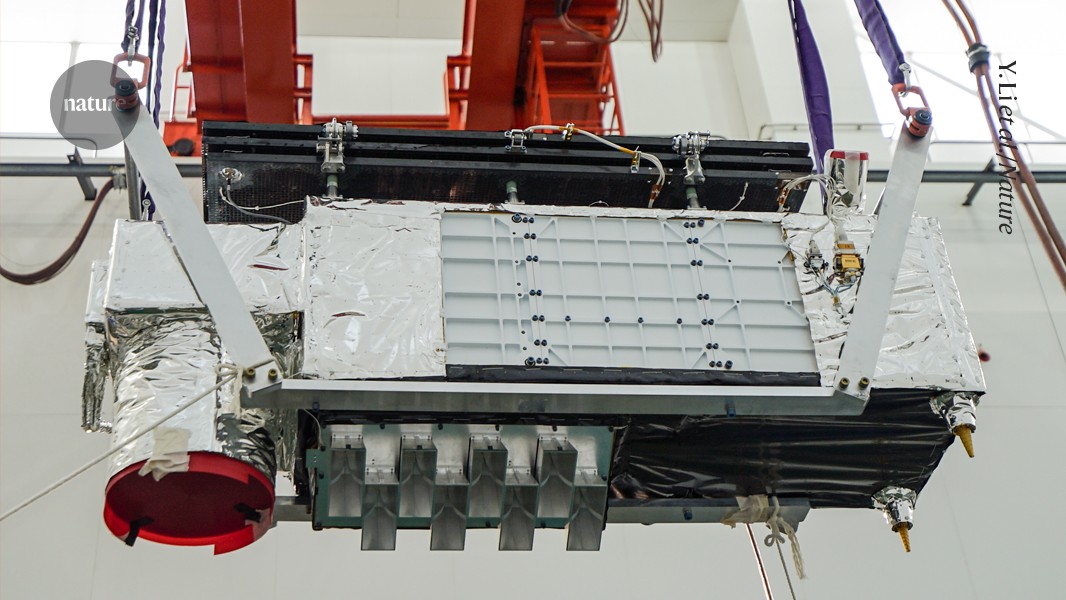Get the latest tech news
Lockheed Martin and IBM combine quantum computing with HPC in new research
Researchers conduct chemistry simulations with sample-based quantum diagonalization (SQD), a prime candidate for near-term demonstrations of quantum advantage.
Predict reactivity and mechanisms in catalytic and combustion reactions Design molecules with tailored optical or electronic properties, such as fluorescent probes or solar absorbers Model excited-state behavior in materials used for sensing, display technologies, or aerospace applications Benchmark and validate experiments in cases where measurements are difficult, dangerous, or expensive In this study, the quantum simulation of the electronic structure of CH 2 —specifically its singlet and triplet states — was critical because traditional classical computational chemistry methods struggle to provide accurate results for open-shell molecules. This experiment was executed within IBM’s quantum-centric supercomputing framework — a hybrid architecture that tightly couples quantum processors with classical compute resources to enable scalable simulations of molecular systems.
Or read this on Hacker News

